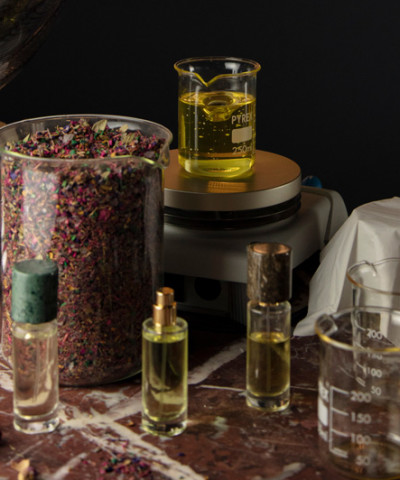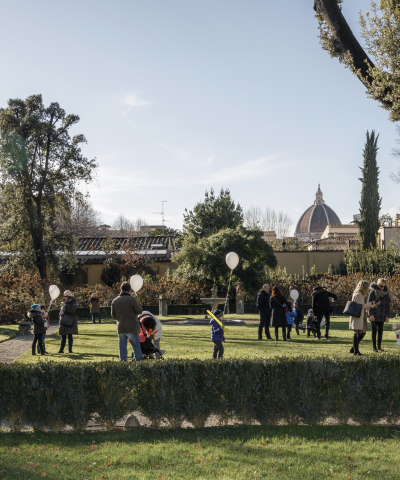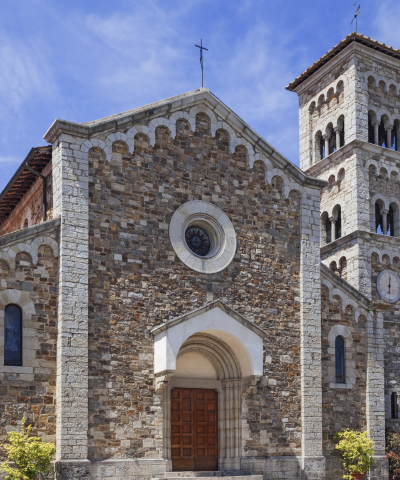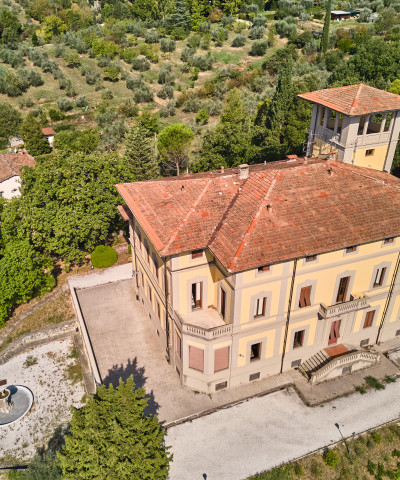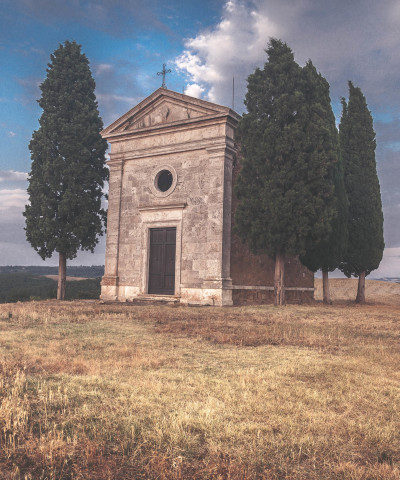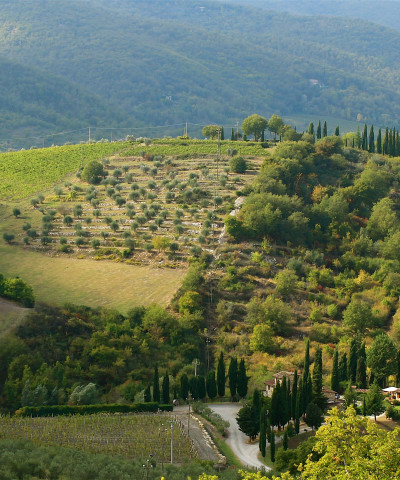Florence cathedral, three sculptures replace degraded originals
These are three marble copies of the sculptures of Pope Leo the Great, Pope Celestin
The spectacular placement on the facade of Florence Cathedral of three marble copies of the nineteenth-century sculptures of Pope Leo the Great, Pope Celestine I and Pope Gregory VII by Raffaello Romanelli, Fortunato Galli and Dante Sodini is still underway.
The work is part of a larger project by the Opera di Santa Maria del Fiore to maintain and restore the 19th-century facade of Florence Cathedral and replace the degraded sculptures with artfully made copies.
The original sculptures were removed from the facade in October 2017 due to severe degradation. Upon completion of their restoration, the three statues will be placed in the new wing of the Museo dell'Opera del Duomo di Firenze, which is scheduled to open in the coming years.
The copies were carved by restorers from the Opera di Santa Maria del Fiore inside the Bottega di restauro, on Via dello Studio in Florence, which has a history of more than 700 years. The Restoration Workshop is part of the Opera di Santa Maria del Fiore, the institution founded by the Florentine Republic in 1296 to oversee the construction of the new Cathedral and its bell tower. In ancient times, the Bottega was responsible for carrying out the sculptural and architectural decoration of the Cathedral and Giotto's Bell Tower, while today it is mainly dedicated to the maintenance and preservation of the priceless heritage of the monumental complex of Florence Cathedral. Click here to find out everything you still don't know about the Bottega dell'Opera del Duomo!
"We started by choosing three blocks of marble at the Carrara quarries," explains Marcello del Colle, coordinator of the Restoration Workshop. Once the marble arrived at our site, roughing is done and then the statues are carved in detail, in the same way as the sculptors of antiquity."
The facade of Florence Cathedral, which remained unfinished after the death of Arnolfo di Cambio in the early 1300s, was built between 1875 and 1887. Author of the overall design was Emilio Fabris, who sought an effect of continuity with the sides of the Cathedral and the Bell Tower through the use of both typical polychromy and Gothic forms. In the iconographic articulation of the façade De Fabris was assisted, from 1878, by the philosopher Augusto Conti, who elaborated a historicist and celebratory program in the spirit of the years that had seen Florence temporarily the capital of the new Kingdom of Italy (1865-1871). The rich decoration of the facade on which many artists worked was completed in 1887, and was unveiled to the public on May 12 of the same year, 130 years ago.









